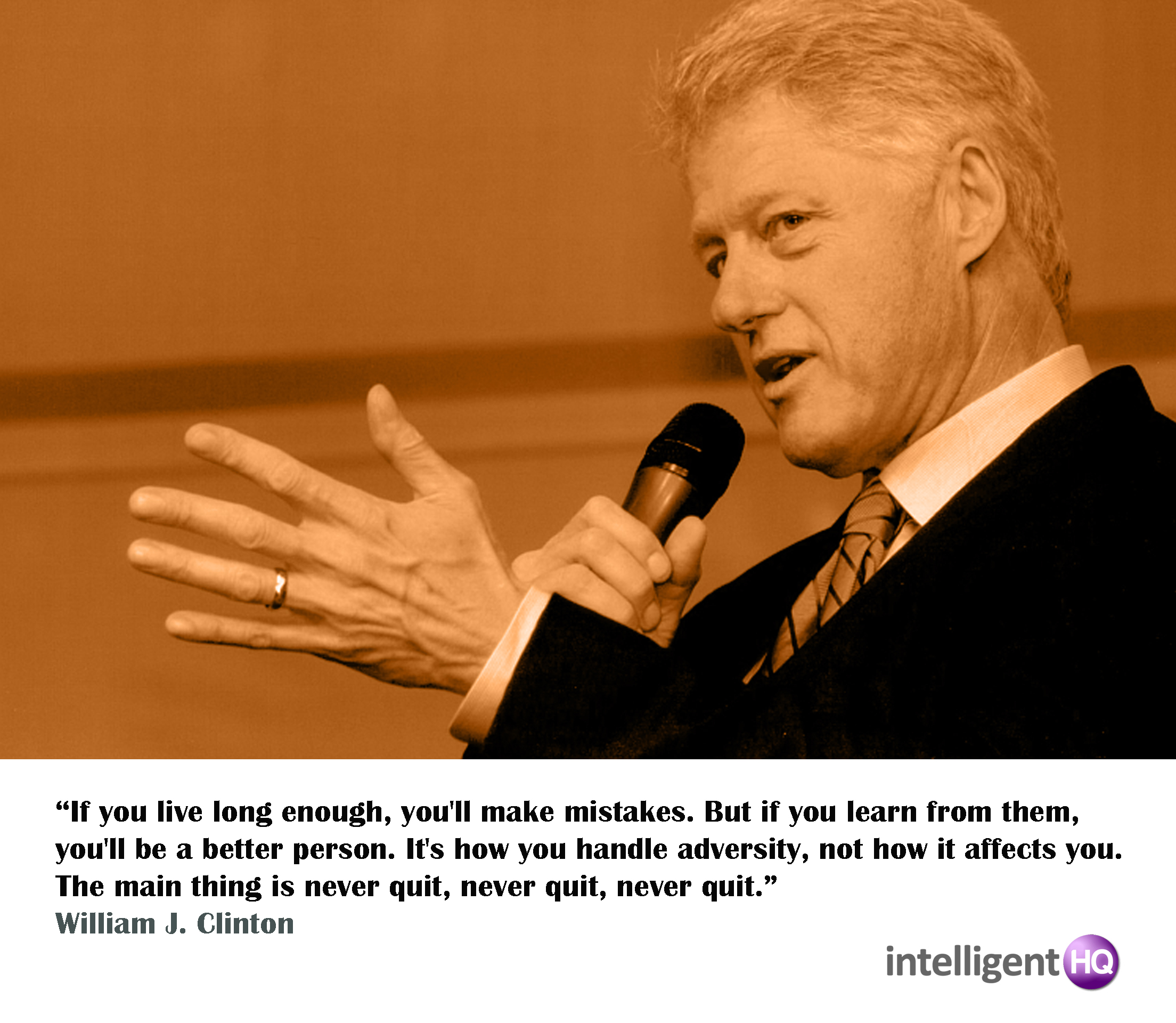Famous Business Partnerships That Failed

The business world often celebrates successful partnerships, collaborations that create synergy and drive innovation. However, the path to success is not always smooth, and many high-profile partnerships have crumbled under the weight of conflicting visions, market shifts, or simply incompatible personalities.
These failed collaborations serve as cautionary tales, offering valuable lessons for aspiring entrepreneurs and established corporations alike. This article examines some of the most notable business partnerships that ultimately dissolved, exploring the factors that led to their demise and the impact they had on the involved parties and the broader market.
The AOL Time Warner Merger: A Dot-Com Disaster
One of the most infamous business partnerships gone wrong is the merger between America Online (AOL) and Time Warner in 2000. Billed as the dawn of a new media age, the deal combined AOL's internet dominance with Time Warner's vast media empire.
The $164 billion merger quickly soured as the dot-com bubble burst and AOL's subscriber base began to decline. Time Warner, burdened by AOL's failing performance, eventually wrote off billions of dollars in losses.
The merger, once heralded as a visionary move, became a symbol of corporate hubris and the perils of overestimating the potential of internet companies. In 2009, Time Warner officially spun off AOL, effectively ending one of the most disastrous mergers in business history.
eBay and Skype: A Communication Breakdown
In 2005, eBay acquired Skype, the then-burgeoning internet communications company, for $2.6 billion. eBay's rationale was to integrate Skype's voice-over-internet-protocol (VoIP) technology into its online marketplace.
The integration, however, never materialized as effectively as planned. eBay struggled to find a clear synergy between its core business and Skype's communication platform.
Ultimately, eBay sold Skype to a private equity consortium in 2009 for $2.75 billion, a slight profit but a significant underperformance given the initial expectations. The failure of the eBay-Skype partnership highlighted the challenges of integrating disparate business models and the importance of a clear strategic vision.
Martha Stewart and Kmart: An Image Problem
The partnership between Martha Stewart and Kmart, launched in the late 1990s, aimed to bring Stewart's lifestyle brand to a wider audience. Kmart stores featured Martha Stewart Everyday products, ranging from home goods to kitchenware.
The collaboration was initially successful, boosting Kmart's sales and enhancing its image. However, the partnership faced significant challenges when Stewart was embroiled in an insider trading scandal in 2002.
Kmart, struggling with financial difficulties, eventually terminated its contract with Martha Stewart Living Omnimedia. The fallout from the scandal damaged both brands and underscored the risks associated with relying on a celebrity's image when that image becomes tarnished.
Quaker Oats and Snapple: A Thirst for Trouble
In 1994, Quaker Oats acquired Snapple, the popular beverage company, for $1.7 billion. Quaker Oats believed that Snapple would complement its existing portfolio of food and beverage brands.
However, Quaker Oats struggled to effectively manage and market Snapple. The company's distribution network was not well-suited for Snapple's unique product line and target market.
Just three years later, Quaker Oats sold Snapple to Triarc Companies for a mere $300 million, incurring a massive loss. The Quaker Oats-Snapple debacle serves as a reminder of the importance of understanding a brand's culture and market before attempting an acquisition.
Conclusion
These are only a few examples of famous business partnerships that ultimately failed. Each case underscores the importance of careful planning, strategic alignment, and a deep understanding of the involved parties and the market dynamics. The lessons learned from these failures can help businesses avoid similar pitfalls and navigate the complex world of partnerships with greater success.
Ultimately, a successful partnership requires more than just a good idea; it demands a shared vision, compatible cultures, and the ability to adapt to changing circumstances.














.jpg)



